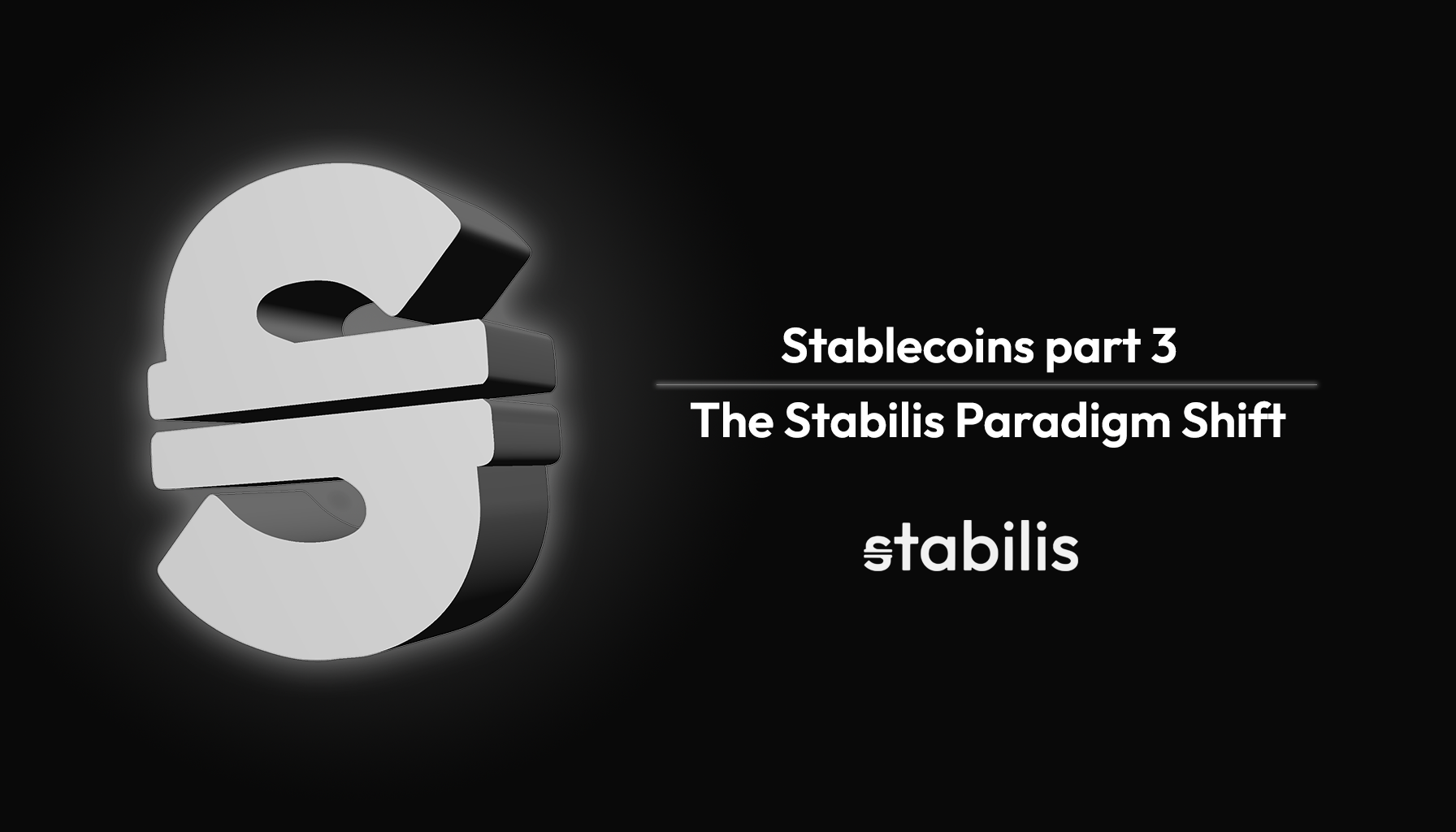In the previous post, we examined the challenges of maintaining a stable peg in a decentralized manner. Still, we haven’t given up on our grand hopes: a decentralized, reliable stablecoin.
First, we must realize that our difficulty in creating a solid peg boils down to one main problem: if a hypothetical stablecoin were to always trade at the same price, the action of providing stability is not net zero! In bullish times, borrowing stablecoins to leverage positions is profitable. In bearish times, it forces borrowers to hold volatile collateral, leading to losses. This non net zero nature of providing stability results in the supply and demand curve meeting at a different price then the peg, and thus, depegging.
Realizing this, we can see that to prevent this from happening, we need to make sure the action of providing stability is net zero again! For this, we need some way to alter the cost of providing stability. But how?
A creative thinker might find something. We need a paradigm shift: away with the notion that a stablecoin needs to have a constant peg!
Introducing STAB: a stablecoin whose peg is governed by an interest rate.
Here’s how it works: traditionally, providing stability is unappealing in a bear market, as it forces the borrower to hold a depreciating asset. STAB's variable peg, influenced by the interest rate, can change this dynamic. A negative interest rate results in STAB’s peg decreasing, making borrowing cheaper over time. In essence, we are decreasing the debt of all STAB borrowers, incentivizing borrowing and disincentivizing holding STAB. Conversely, a positive interest rate increases borrowers' debts and encourages holding STAB.
This mechanism allows us to influence the cost of providing stability. The fair cost, or optimal interest rate, can be determined by comparing STAB's peg with its market price. If STAB trades above its peg, demand exceeds supply, so we should lower the interest rate. If STAB trades below its peg, supply exceeds demand, so we should increase the interest rate. By continuously adjusting the interest rate, we achieve an equilibrium where supply and demand meet at the peg.
With this simple yet elegant process the market has decided: this is fair-priced stability. Reclaimed it from the devilishly tempting hands of centralization.
If you’ve read all blog posts, we can’t thank you enough! Come and enlighten us with your newfound knowledge in our Telegram group. Or bother us on Twitter…







